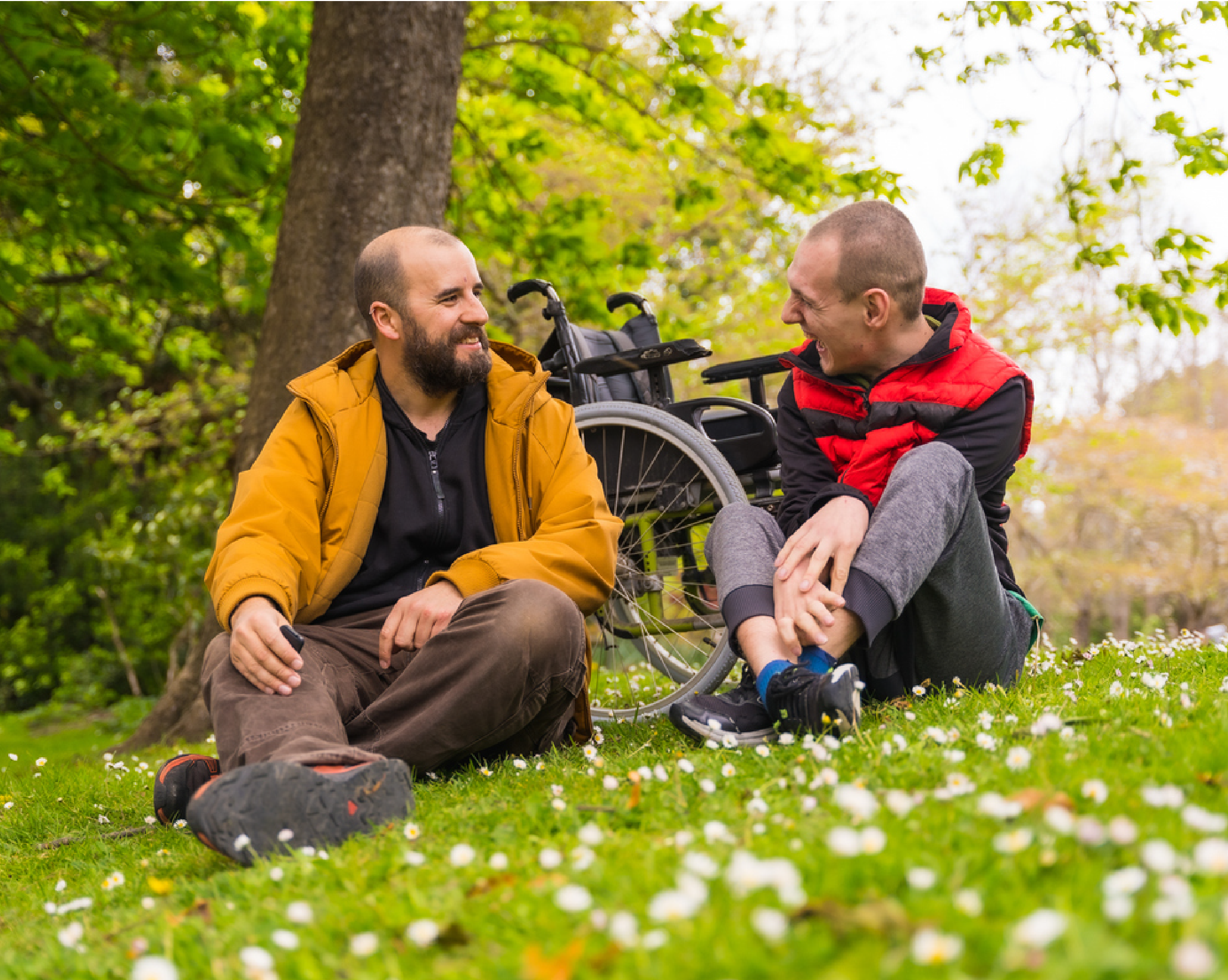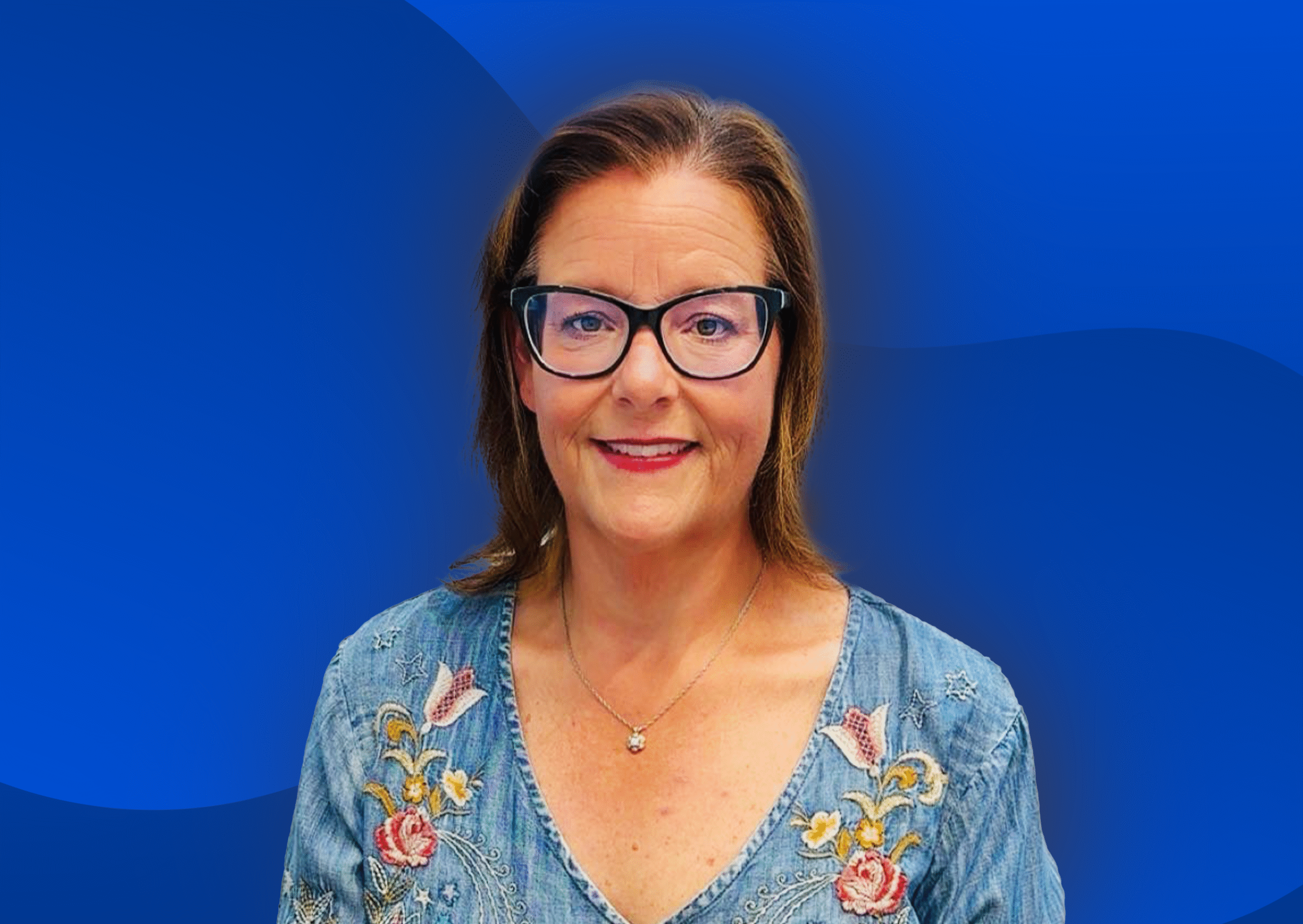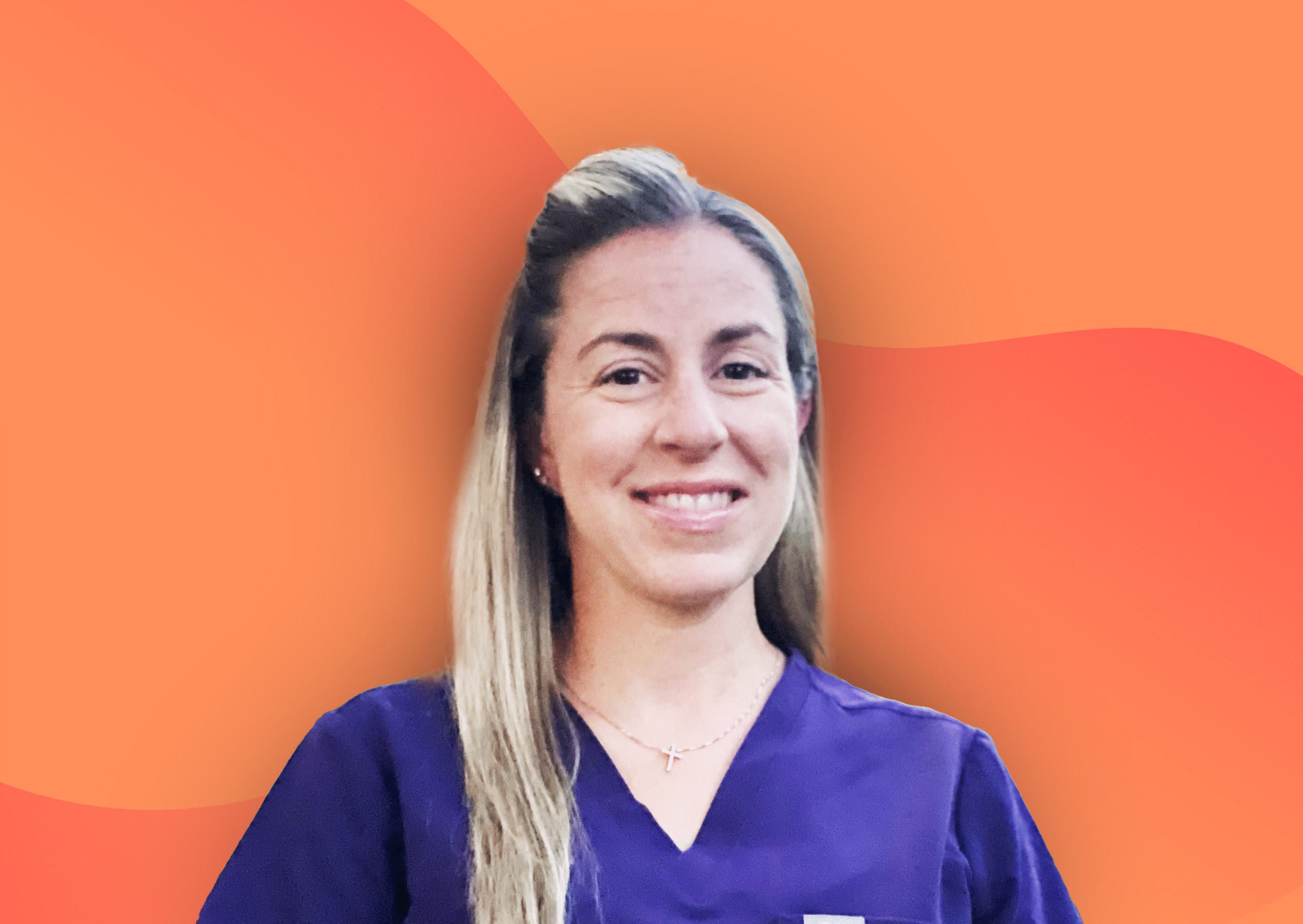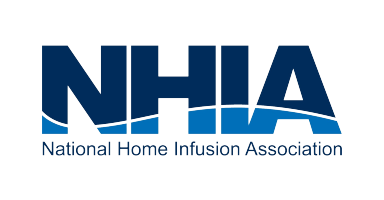For individuals who find their lives turned upside down by the onset of a neuromuscular or autoimmune disorder, intravenous immunoglobulin (IVIG) therapy can change everything.
Trent, a father of two young children, knows. He mourned the loss of control over his body when he was diagnosed with a neurological disease. “I still wanted to be the best dad that I could be, but I couldn’t go outside and play with my kids the same way I did before my illness. I couldn’t pick up my daughter and hold her when she’d run to me, or play soccer with my son. That weighed on me.”
Trent credits AOM’s expertise in IVIG therapy as making a huge difference — especially the caring way their infusion nurses not only administer his treatments, but are so invested in his determination to reclaim his independence.
Understanding IVIG
“IVIG therapy allows us to replace antibodies (immunoglobulins) in immune-deficient individuals whose bodies no longer make enough antibodies to protect them from disease,” explains Erin Duvall, RN, a clinical nursing coordinator at AOM. “In patients who have an autoimmune or inflammatory disorder, IVIG therapy is used to adjust antibodies and stop them from attacking the body. Why is it attacking? We don’t know, but we can add antibodies that can make the body rest so it can naturally build itself back up to a healthy state.”
Healthy antibodies are acquired through donations of whole blood and plasmapheresis — the liquid part of blood that contains antibodies and proteins.
“It takes between 1,000 to 60,000 donations to collect enough antibodies for just one treatment,” Duvall says. “Donors must be from the United States, and each is carefully screened in advance. Each donor must meet strict criteria, complete an in-depth questionnaire, and undergo a physical examination.”
Donors are also tested for a wide variety of diseases — including HIV, hepatitis B and C and syphilis. If they are rejected for any reason, that individual is placed on the permanent “no donation” list.
“The rigorous screenings and regulations are designed to protect our patients,” Duvall adds.
The final IVIG product contains antibodies and anti-idiotypic antibodies (a type of antibodies that work against other antibodies). Unlike other infusion therapies, IVIG is all natural. For that reason, it is usually easily accepted by the body.
The painstaking creation process delivers dramatic benefits to those who undergo IVIG therapy.
“Just last week, one of my patients told me his IVIG treatments have changed his life,” reveals Elizabeth “Betsy” Kisthart, RN, BSN, CRNI, IGCN. “He has encephalopathy, an autoimmune disease that triggers seizures. He’s a young man who commutes into New York for work. Since he’s been receiving IVIG treatments, his seizures have subsided.”
At AOM, our specialty pharmacists and certified infusion nurses use IVIG therapy to treat about 80 chronic immunological and neurological conditions. “We also use IVIG to care for transplant patients and other individuals receiving a number of specialized therapies,” notes Whitney Unterwagner, an infusion pharmacist with AOM.
Specialized Treatments Require Special People
As a leading provider of infusion therapy for more than 30 years, AOM has assembled a world-class team of specialty pharmacists, clinical care navigators, and certified nurses. Along with years of experience, they’ve undergone hours of advanced training, practicals, and testing. They attend professional conferences to stay abreast of the latest research and developments in treatment techniques for dozens of disease states. They attend frequent in-service days with pharmaceutical makers to stay up to date on all the latest medications and best practices. They do it all to ensure IVIG patients receive the best possible care before, during and after treatment.
“As pharmacists, we are very conservative in the administration of IVIG,” says Unterwagner. “We are cautious regarding the brand, dose volume, rate of the infusion based on preexisting conditions, and client’s history related to other treatments. We start slow and easy, then make adjustments depending on the client’s schedule and tolerance. Most potential side effects and risks are mitigated with these conservative measures.”
AOM pharmacists also talk directly with every patient before they begin treatment. “We instruct them about the importance of properly hydrating before and after their infusion to help prevent headaches and nausea,” says Unterwagner.
AOM’s specialty infusion nurses are fierce patient advocates, too.
“Every member of our specialty nursing team is best in class,” explains Sheila Iacono, AOM’s vice president of nursing operations. “Many hold specialty certifications, including Certified Registered Nurse Infusion (CRNI) and Immune Globulin Certified (IgCN). They keep a close eye on how you respond to your medication, and watch for any signs of adverse side effects so we can act quickly if necessary. They also have immediate access to pharmacists and nurse educators if questions or issues occur.”
“We do everything in our power to make sure IVIG patients don’t have those issues,” Duvall adds. “That’s AOM’s strength.”
Monitoring More Than Side Effects
Deep knowledge of disease processes allows AOM to advocate for patients in proactive ways. They provide physicians with vital information that helps them assess and reassess the effectiveness of treatments.
“We monitor more than side effects,” says Duvall. “We monitor patients for the return of symptoms. We pay attention to the length of time between treatment and their return. For example, if the doctor ordered an infusion treatment every four weeks, but symptoms return in three weeks, we note that and let their doctor know.”
“Our infusion nurses engage their patient and make them an active part of their treatment,” Iacono explains. “We need patients to tell us when their symptoms return. We can then connect with their doctor to let them know symptoms are showing up at three weeks not four. We can ask if the patient’s infusion schedule can be adjusted to eliminate the gap. Can we start giving them an infusion every three weeks? It doesn’t mean we’re going to change their dose, just eliminate the therapeutic gap.”
“We educate patients during every visit,” Duvall reveals. “Understanding their disease process helps empower them. When they go to the doctor, they know what questions to ask. They know what to tell the doctor in terms of whether their IVIG therapy is working or not working.”
The goal with an immune-related disease is to treat it effectively so the individual doesn’t get sick as often. Instead of being ill ten times a year, treatment knocks it down to one time a year.
“And that’s a very good thing,” Duvall affirms. “Seeing patients get some of that power back, some of their life back is incredibly rewarding for everyone on the AOM team.”
One long-time IVIG patient has definitely been empowered by her treatments with AOM. “My IVIG infusions are wonderful. I have so much appreciation for AOM and for IVIG. IVIG helps me walk and has now for 10 years. I don’t feel I would be able to walk without it. My nurse is fabulous. She genuinely cares about me and my health. Thank you AOM. I love and appreciate everything you do!”
Improving Health, Enhancing Life
One thing is universal — we all want to enjoy a full, happy life. A complex, chronic health issue may try to derail that dream, but AOM Infusion works tirelessly to empower individuals who live with an immune-deficiency or autoimmune or inflammatory disorder. For a growing number of patients, IVIG therapy allows them to reclaim independence, spend more time with friends and family doing things they enjoy, and less time in the hospital.
At AOM, we can think of no better way to help people than nurture better health and a better quality of life. IVIG therapy is a remarkable therapy that does just that.
Want to know more about IVIG therapy? Call us at 800-746-9089 to speak with a member of our patient care team.






